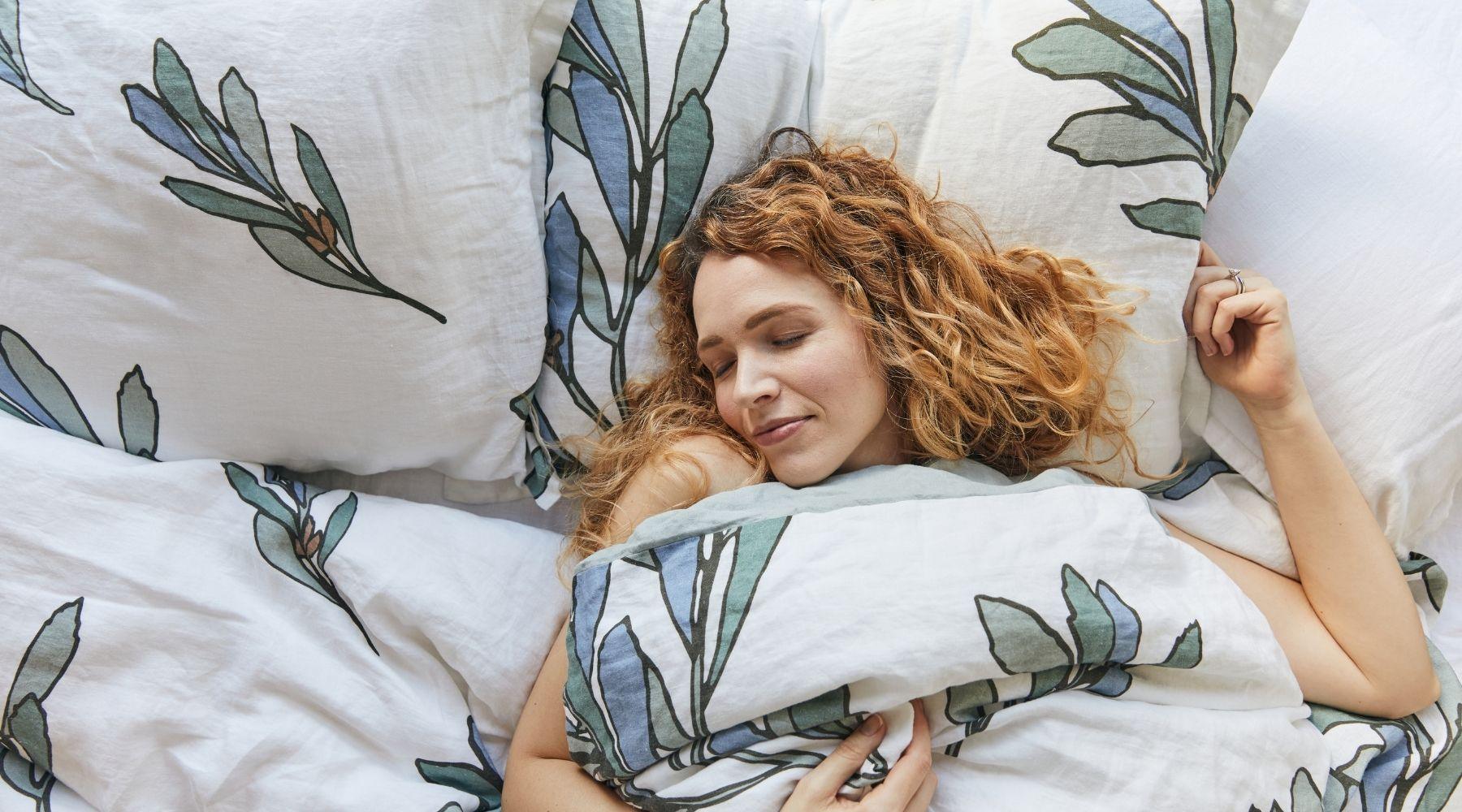
Is Linen Bedding Worth the Cost?
Linen bedding is often more expensive than cotton—at least at first. The reasons behind this are that cotton prices are artificially distorted by government subsidies and are also often produced in developing countries exploiting labor and utilizing alarming amounts of chemicals to increase yields. European linen in contrast is grown and processed by crafts-people under European labor laws and the process to transform flax into linen is fully mechanical—this means it is more time and labor intensive but results in a textile that is inherently sustainable and of far greater quality. That initial outlay also buys a host of benefits, meaning that the overall cost—cost-per-use, cost to your health and cost to the environment—is lower in the end.
Linen Lasts for Generations
Flax fibers are notoriously tough, consisting of many cells packed together (as opposed to cotton’s single-celled strands). That strength makes it an excellent material for grain sacks and ropes—which use the rougher, short flax fibers—as well as linen bedding, which use the finer, longer flax fibers. Compared with cotton, which eventually pills and rips, linen gets softer over time as the pectin in the strands is washed away. In parts of Scandinavia, European linen duvet covers are passed from one generation to the next. So, while linen requires a higher upfront cost, the cost-per-use is often lower than cheaper bedding made from weaker materials.
It’s Fit for All Seasons
With linen bedding, you don’t need to buy a new cover every time the temperature changes. Due to its porousness, linen has great heat conductivity, directing heat away from the body during summer. Linen also wicks away humidity and perspiration, so you’ll never have to sleep under damp sheets.
In winter, those same pores act as a great insulator, retaining your body’s heat and continuing to wick away moisture. Linen’s natural heft seals off drafts, too, so you won’t waste money on throws or top sheets.
It Looks High-End (But Not Ostentatious)
The darling of Pinterest and Instagram, linen bedding has that hand-crafted, textured look impossible to replicate with too-perfect, production-line polycotton. Though high-end, linen isn’t “luxe” in the same way as an overpriced designer handbag or brand-name shirt. You won’t have to upgrade your entire space to match your organic linen duvet covers—they look equally at home in luxury hotels and student dorms. Rather than purchasing a name or a reputation, every penny goes into the superior craftsmanship that is the hallmark of Scandinavian design.
Buying Time
Linen bedding is supposed to look rumpled—that’s precisely its appeal. So you don’t need to spend hours ironing it—invest that time in your family instead, or in your latest Scandinavian DIY project. You’ll make the bed in seconds too; linen is so beautiful on its own that you can forget about those messy throw pillows that somehow end up on the floor every night. Our Scandinavian linen duvet covers come with corner ties that stop your duvet from shifting around inside, making it easy to make your bed in the morning—a quick shake out is all you need.
Good Things Come to Those Who Wait
Organic European linen takes a long time to produce, which naturally drives the cost up. In today’s industrialized world, it’s easy to cut corners using chemicals such as fertilizers, pesticides and solvents that speed up the “retting” process (whereby the natural “glue” of the linen fiber is broken down to prepare it for spinning). These chemicals can cause harm to surrounding communities, who may be exposed to higher levels through drinking water and air transmission. Without chemicals, retting takes several weeks but produces a product that has been grown organically and sustainably, without causing harm to the surrounding environment.

The True Cost of Cheap Textiles
Our organic linen duvet covers carry the Global Organic Textile Standard, or GOTS. To become GOTS-certified, products need to meet strict social criteria. This means that everyone involved in making our Danish-style bedding—from the European Flax farmers in Belgium, France, and the Netherlands to the artisan weavers in Portugal—is paid a fair wage in a safe working environment, free from excessive hours, discrimination, or child labor.
These days, it’s all too easy to drive down the cost of textile production by outsourcing to factories that ignore basic human rights. In 2013, the Rana Plaza clothing factory in Bangladesh collapsed, claiming the lives of 1,138 garment workers. Despite warnings that the building was unsafe, the workers—mostly women and children—were ordered to continue producing garments for major fast-fashion clothing brands. Although this high-profile disaster caused consternation in the media, people continue to work for little pay in unsafe conditions in many parts of the world.
When you buy GOTS-certified European Flax, like our Scandinavian duvet covers, you’ll rest easy knowing that your bedding has been made fairly and organically, without harm to people or environment.
Have we convinced you that linen is worth the cost, or are you already a linen convert? We’d love to hear—let us know on Instagram, Pinterest, Facebook, or Twitter!







Leave a comment
This site is protected by hCaptcha and the hCaptcha Privacy Policy and Terms of Service apply.